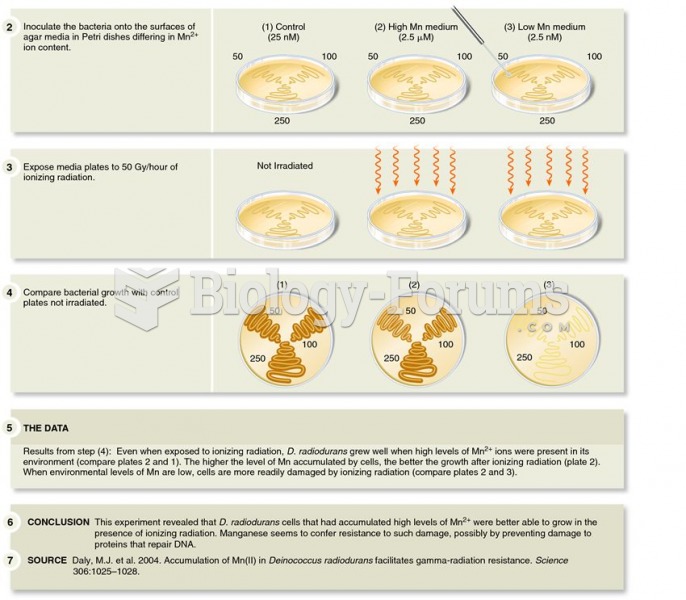Answer to Question 1
a
Answer to Question 2
A QUESTION OF ETHICS
1. In supporting the college's position, you could argue, as has been done in several law cases, that applying the commercial law concept of substantial performance to an academic setting could foreseeably have unethical results, particularly in the areas of curriculum and discipline. For example, what if a student performed his or her requirements in all respects but one: the student cheated on two of the myriad exams taken during the four-year college program. Would it be fair to say that that student substantially performed? Another example would be students who plagiarize. What if a student had only plagiarized twice and refrained from doing so on all other written assignments? Had the student substantially performed the work? Normally, university administrations and staff members do not look kindly on plagiarism, and students have been dismissed from college for lesser offenses. But if the substantial performance measure were applied, the university's authority to discipline students and maintain academic standards could be jeopardized. One of the un-derlying goals of every institution of higher learning is to instill in its students a sense of respect for learning and civilized values, including honesty and fairness. To this end, students who are dishonest or unfair in performing exams and assignments are disciplined. The purposes of educational contracts and commercial contracts are therefore quite distinct in many respects, and it is not surprising that the standard measures of performance under the two types of contracts are not identicalnor, you might argue, should they be.
2. The court conceded that it would be inappropriate in many cases to apply the concept of substantial performance to the performance of college students. In the court's view, however, Russell's case differed significantly from those cases. According to the court, The College, the jury found, forced Russell into voluntary withdrawal because she was obese, and for no other reason. Even worse, it did so after admitting her to the College and later the Nursing Department with full knowledge of her weight condition. Under the circumstances, the unique' position of the College as educator becomes less compelling. As a result, the reasons against applying the substantial performance standard to this aspect of the student-college relationship also become less compelling. Thus, Salve Regina's contention that a court cannot use the substantial performance standard to compel an institution to graduate a student merely because the student has completed 124 out of 128 credits, while correct, is in apposite. The court may step in where, as here, full performance by the student has been hindered by some form of impermissible action.







